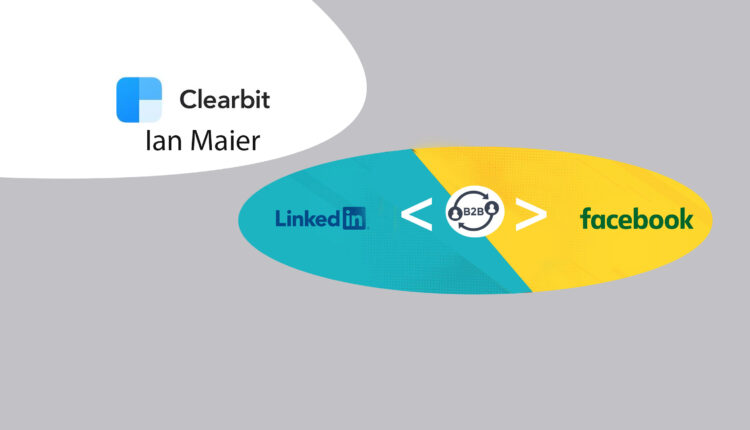Now, with the pandemic restrictions lifting, banks will have to be strategic in their decision-making when it comes to recuperating any lost income and balancing consumer trust with a focus on growth. The return of the workforce will, of course, coincide with a resurgence of spending and investment from consumers and businesses respectively, so banks need to capitalize on the opportunity they have carved for themselves – becoming an integral and trusted player in the recovery from the pandemic – and look to where positive, long-term changes can be made, in regards to their company purpose, the products they provide and the impact they have on local communities.
Banks need to maximize this positive influence without delaying recovery more than necessary. To walk this tightrope, banks need to implement technology platforms that allow them to model multiple macroeconomic scenarios – demonstrating the impact of each and allowing them to plan and strategize accordingly. Supporting this, banks should have the capability to model scenarios based on both products and borrowers meaning no scenario is overlooked and their decision-making is robust.
Transparency is critical
The regulatory landscape is also evolving to meet the increasingly digital-centric and consumer-oriented world we live in. Not only are regulatory bodies reinforcing regulations regarding governance, liquidity management, and compliance, they are also turning their focus to cyber security, climate risk, and structural reform. More regulations are sure to emerge in the following years, especially as Millennial and Generation Z consumers become more influential.
This means increased accountability for financial institutions – both internally and externally. Banks can’t afford to make any errors or material misstatements when it comes to financial reporting – so there is an increased need for technologies that give them the ability to drill down to minute detail and analyze information in real-time. More importantly, these technology platforms need to give banks much-needed transparency and trust in the validity of the data at hand.
Banks need to be confident that the decisions they make are based on complete and accurate data – and this needs to be fully transparent throughout the business, to minimize the risk of incorrect information being cascaded before it is submitted externally.
Stress-testing will also play a key part in meeting changing regulations going forward. Banks need to expand their capabilities to ensure they can stress-test varied scenarios and update their reporting metrics to include climate change, cyber-attacks, and potential data breaches.
To complete these incredibly complex reports and ever-evolving metrics, many banks have turned to standard BI tools – but the need is greater. The information can’t always be accepted at face value; it’s a number without any wider context. The real benefit banks can derive from more advanced tools will be understanding the ‘why’ and ‘how’ of the numbers they are reporting on – meaning data can be interrogated with a deeper understanding, create an analysis, and arrive at an objective and aligned conclusion.
Many banks are hindered by disjointed, cumbersome legacy systems – and this often requires regular support from external specialist third parties, adding extra cost and another layer to a bank’s operating model.
At a time when machine learning and artificial intelligence are empowering banks to provide more personalized, meaningful customer-facing experiences than ever before, it’s unthinkable they should have to gain the help of an external player to make changes to or create new internal reports.
A low code, no code approach
If banks are to have the ability and flexibility to adapt reports and forecasts at relatively short notice, processes should be increasingly digitalized, helping to ensure standardization and automation. But there is no point in having a powerful system in place if it is too complicated for everyday users to adopt and operate; in a rapidly changing global market, time can often be an organization’s most valuable resource, and hours spent dedicated to creating a single report is essentially a sunk cost.
Therefore “low code, no code”, cloud-based technology platforms will be the key to success for banks in the years ahead. These provide all the benefits of more complex legacy systems, but without the need for extensive coding.
Platforms that require extensive technical knowledge can be alienating to employees lacking skills and creates silos even within departments. “Low code, no code” platforms instead operate on a drag-and-drop approach that means users need little training, and all relevant employees have instant access to real-time information that they can analyze and interrogate.
Similarly, “low code, no code” solutions enable much better cross-departmental collaboration as the skills barrier to entry is lower and the information is standardized and hosted in a single environment, reducing room for error when compared to spreadsheet-based alternatives. Finally, these platforms can help banks to get new products and messaging to the market sooner by shifting man-hours from back-end support to strategic input, analysis, and planning. Information is hosted in global data houses that control and manage customer data, maintaining the privacy and meeting ever-changing compliance requirements.
Going forward, banks must look to technology platforms that empower employees to create financial, operational and/or workforce planning models, forecasts, scenarios and reports with ease and speed. The ability to compare scenarios and weigh the benefits and risks efficiently will allow for more informed, quicker insights and decisions, greatly reducing the need for guesswork in any critical decision making.
These platforms will also provide the opportunity for meaningful insights on customer behavior, in real-time, and ensure data they traditionally stored in different silos is captured and turned into actionable insights – delivering added value, improving strategic assessments, and enabling a more flexible and collaborative approach to reporting.
Banks now need to think ahead – capitalizing on the trust they have built up over the last year and opportunities for growth, investment, and innovation, both in the products they offer customers and the way they operate internally. Only then will banks truly have discovered the key to success.








